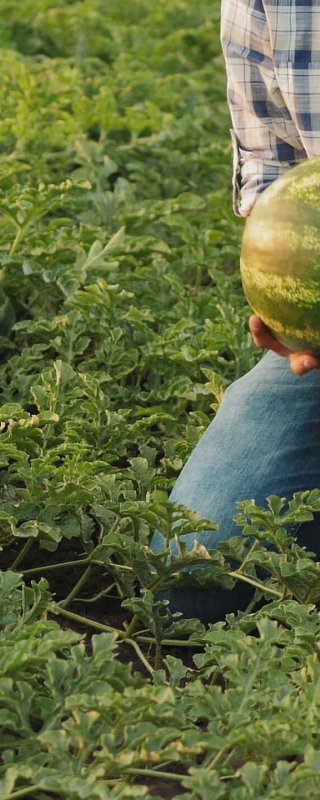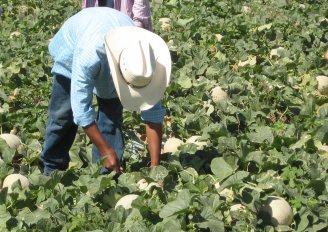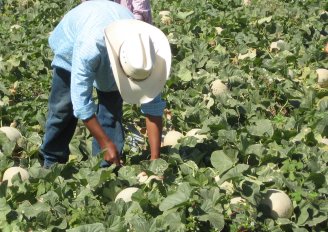
Harvest practices for melon
Proper harvest of melon is an essential start to being successful in the rest of the supply chain. The performance of the pickers is therefore critical to deliver a good quality product. First of all, picking at the right maturity is important to develop a satisfactory final eating quality. Picking and further handling must be done carefully to avoid bruising and other damage to the product. The use of clean and suitable materials such as harvest crates also serves this purpose.

Harvest of melons
Melons are harvested at a stage where the ripening process has started already. They should have a sufficiently high sugar content at harvest, as sugar will not increase after harvest. So they should not be harvested too early. However if you wait too long, they will get overripe before reaching the consumer. Determining the right harvest moment is therefore important for the eating quality and marketability of the melons. Good training, instruction and monitoring of individual pickers can ensure a good starting quality. Another important point of attention for the melon harvest is carefull handling.




